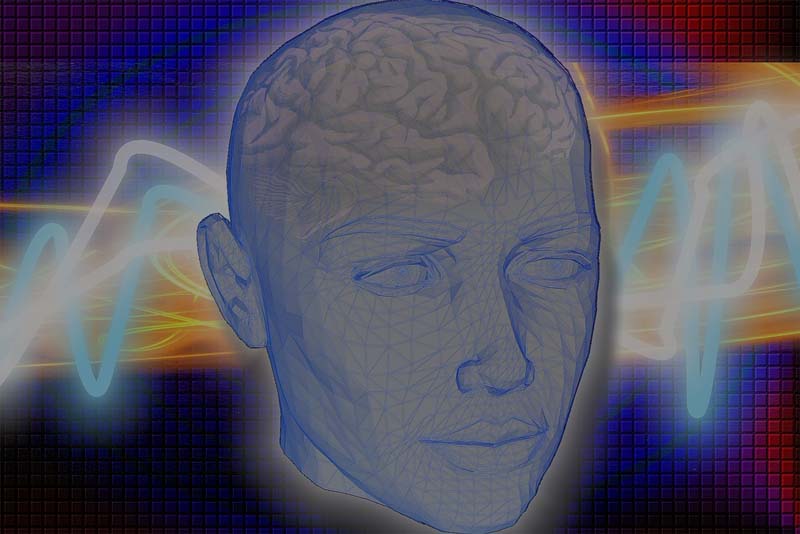
The application of physics to medicine is known as medical physics. It is a vast discipline that includes a number of subspecialties including nuclear medicine, diagnostic imaging and radiation oncology. Medical physicists collaborate with doctors and other healthcare experts to enhance disease diagnosis and therapy, as well as to guarantee the radiation and medical equipment are used safely.
Radiation oncology which uses ionising radiation to treat cancer, is one of the main branches of medical physics. Together with radiation oncologists, medical physicists in this sector develop treatment plans for radiation therapy and carry them out while ensuring patient safety and efficacy. In order to increase the precision and accuracy of radiation therapy they also work to create new technologies and techniques.
Diagnostic imaging which uses various imaging modalities like X-ray, CT, MRI and ultrasound to create images of the body for diagnostic purposes, is another significant area of medical physics. Medical physicists in this sector collaborate with radiologists and other medical personnel to ensure the secure and efficient operation of imaging technology and to enhance the image quality.
Nuclear medicine a branch of medical physics, uses minute quantities of radioactive radiation to identify and treat illnesses. In this area medical physicists collaborate with nuclear medicine specialists to develop and put into practise safe and efficient imaging and treatment protocols as well as to guarantee the proper management and disposal of radioactive materials.
Numerous real-world applications of medical physics can be found in areas including radiation safety, cancer treatment, diagnostic imaging and more. Medical physicists strive to assure the safe and effective use of radiation and medical equipment, to enhance the accuracy and precision of medical procedures and to create novel technologies and treatment methods for diseases.
The discipline of image-guided therapy which uses imaging methods to direct and monitor medical procedures, is another significant area of medical physics. In this area, medical physicists collaborate with doctors and other healthcare providers to develop and put into practise image-guided therapeutic methods including radiotherapy and surgery.
The discipline of radiation protection and safety, which entails the assessment and management of radiation risks to patients healthcare professionals and the general public, is also a subfield of medical physics. Medical physicists in this area collaborate with hospitals and other healthcare institutions to develop radiation safety and protection measures as well as to assure the safe use of medical equipment and radiation.
Biomechanics which uses mechanics to analyse biological systems and medical equipment is another topic of medical physics. In this area, medical physicists collaborate with biomedical engineers and other medical specialists to design, test and research the biomechanics of the human body as well as prostheses, implants and other medical devices.
The practise of telemedicine or using information and communication technology to deliver healthcare services remotely, also involves medical physics. The development and implementation of telemedicine systems as well as their safe and efficient use are all tasks carry out by medical physicists in this sector in collaboration with healthcare experts.
Last but not least molecular imaging—the use of imaging tools to see and understand biological molecules in the body—involves medical physics.
In this area medical physicists collaborate with radiochemists, radiologists and other medical specialists to develop and apply molecular imaging methods and to comprehend the underlying biological mechanisms.
In general medical physics is a broad and active area that applies physics’ concepts and techniques to medicine. It has a wide range of practical applications and is crucial in developing our understanding of the physical theories that underlie medical treatments, in the safe and efficient use of radiation and medical devices and in the creation of new technologies and methods to enhance disease diagnosis and treatment.









